<< Our Photo Pages >> Great Cursus, Stonehenge - Cursus in England in Wiltshire
Submitted by vicky on Friday, 10 June 2011 Page Views: 31855
StonehengeSite Name: Great Cursus, Stonehenge Alternative Name: The Stonehenge Cursus, The Cursus, Greater Stonehenge Cursus, Greater CursusCountry: England County: Wiltshire Type: Cursus
Nearest Town: Salisbury Nearest Village: Amesbury
Map Ref: SU12064296 Landranger Map Number: 184
Latitude: 51.185743N Longitude: 1.828827W
Condition:
| 5 | Perfect |
| 4 | Almost Perfect |
| 3 | Reasonable but with some damage |
| 2 | Ruined but still recognisable as an ancient site |
| 1 | Pretty much destroyed, possibly visible as crop marks |
| 0 | No data. |
| -1 | Completely destroyed |
| 5 | Superb |
| 4 | Good |
| 3 | Ordinary |
| 2 | Not Good |
| 1 | Awful |
| 0 | No data. |
| 5 | Can be driven to, probably with disabled access |
| 4 | Short walk on a footpath |
| 3 | Requiring a bit more of a walk |
| 2 | A long walk |
| 1 | In the middle of nowhere, a nightmare to find |
| 0 | No data. |
| 5 | co-ordinates taken by GPS or official recorded co-ordinates |
| 4 | co-ordinates scaled from a detailed map |
| 3 | co-ordinates scaled from a bad map |
| 2 | co-ordinates of the nearest village |
| 1 | co-ordinates of the nearest town |
| 0 | no data |
Internal Links:
External Links:
I have visited· I would like to visit
Bladup whese001 would like to visit
markj99 visited on 4th Jun 2023 - their rating: Cond: 2 Amb: 4 Access: 3 The Great Cursus is a polar opposite of its more famous neighbour, Stonehenge Stone Circle. The Great Cursus blends into the landscape whereas Stonehenge Stone Circle stands out on the plain. If you take the path to the circle from the visitor centre the Great Cursus is visited on the way. The west end of the cursus has an information board in a clearing of the Fargo Plantation.
Chrus visited on 29th Mar 2019 - their rating: Cond: 3 Amb: 5 Access: 3
Jansold visited on 24th May 2016 - their rating: Cond: 1 Amb: 3 Access: 4
Richard13 visited on 1st Jan 2014 - their rating: Cond: 2 Amb: 5 Access: 3
SolarMegalith visited on 25th Nov 2011 - their rating: Cond: 3 Amb: 4 Access: 4
coldrum visited - their rating: Cond: 2 Amb: 4 Access: 3
Andy B: would like to visit We have a huge database of cursuses on the Megalithic Portal
DrewParsons AngieLake h_fenton TimPrevett FrothNinja mdensham have visited here
Average ratings for this site from all visit loggers: Condition: 2.17 Ambience: 4.17 Access: 3.33
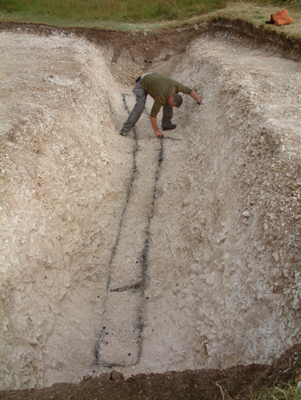
Now much reduced by ploughing, the Cursus can be visited by following the signs from the Stonehenge car park.
Also see our site pages for Great Cursus W Barrow and Great Cursus Barrows, Stonehenge.
Note: Details of Mark Anstee's Great Cursus work in the comments (June 10th 2011) and some photographs to document the ongoing project
You may be viewing yesterday's version of this page. To see the most up to date information please register for a free account.
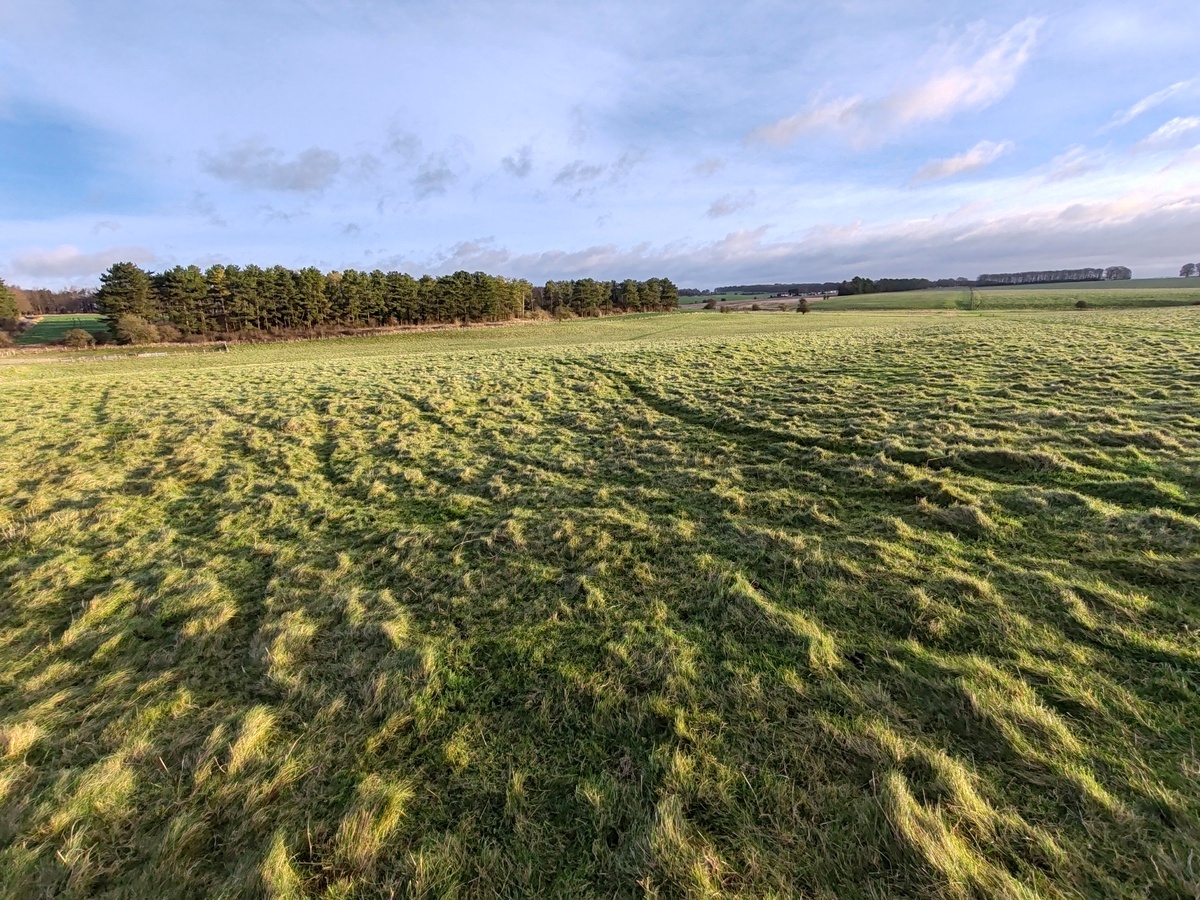
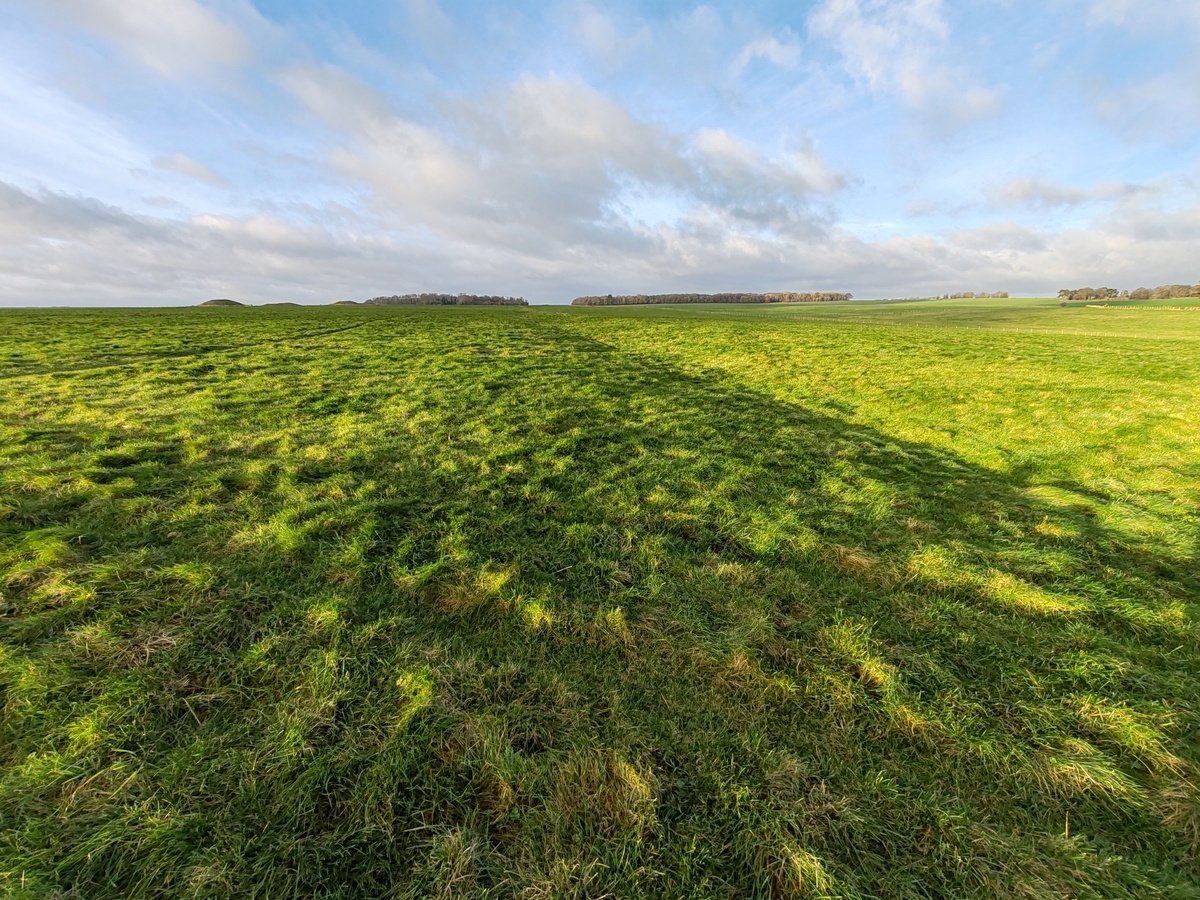
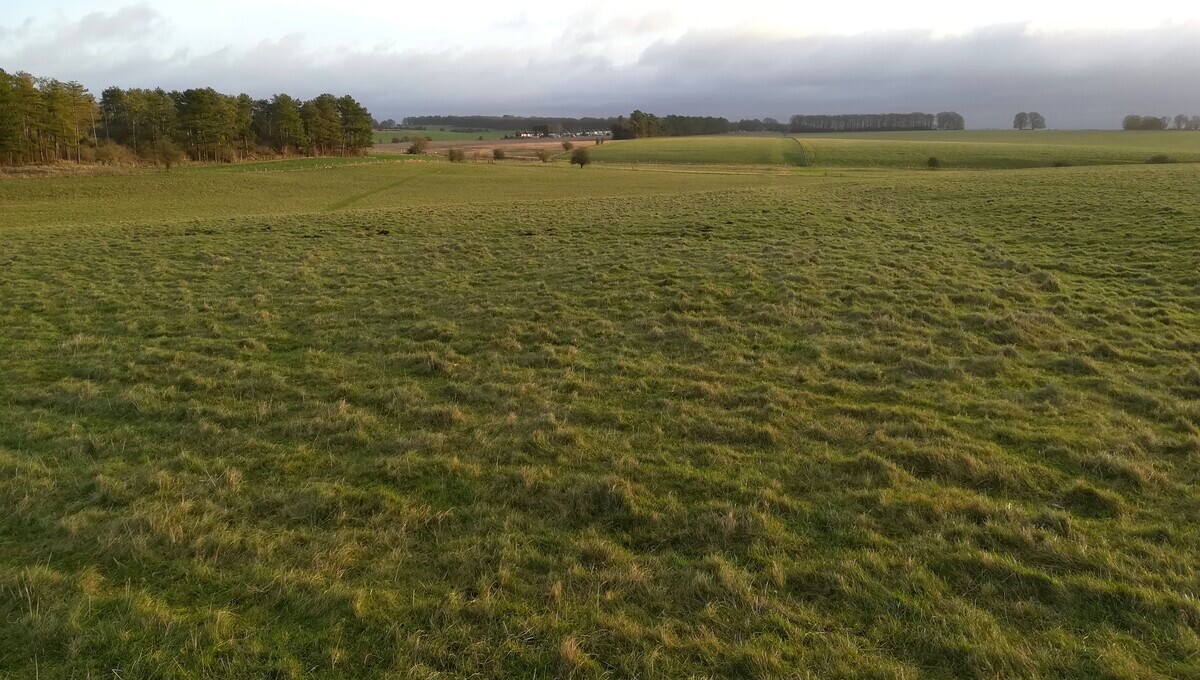

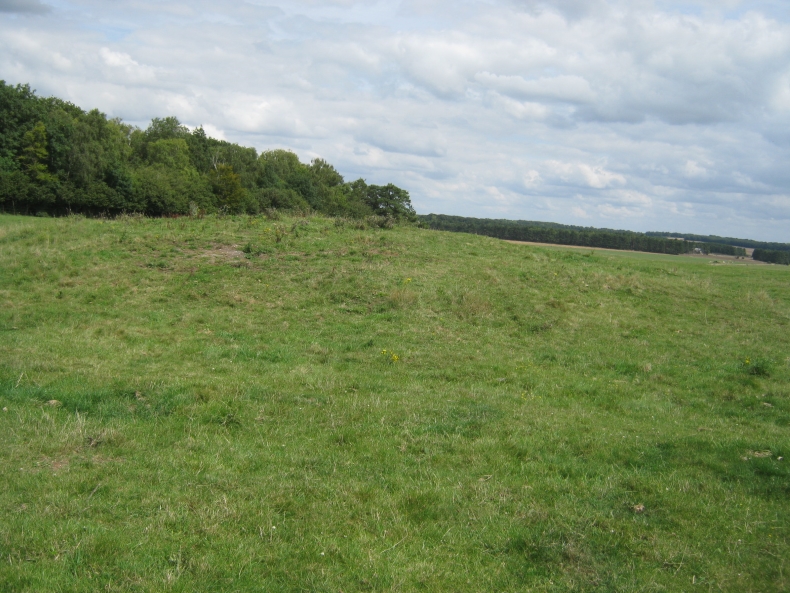
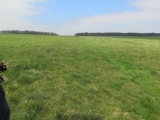
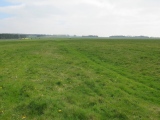
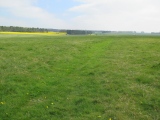
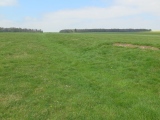
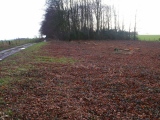
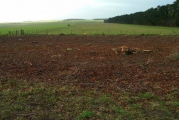
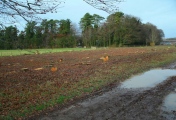



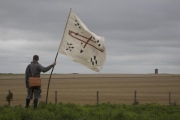

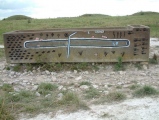
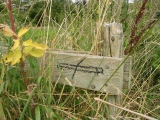
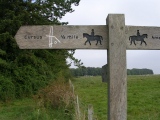



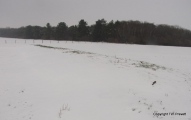
These are just the first 25 photos of Great Cursus, Stonehenge. If you log in with a free user account you will be able to see our entire collection.
Do not use the above information on other web sites or publications without permission of the contributor.
Click here to see more info for this site
Nearby sites
Key: Red: member's photo, Blue: 3rd party photo, Yellow: other image, Green: no photo - please go there and take one, Grey: site destroyed
Download sites to:
KML (Google Earth)
GPX (GPS waypoints)
CSV (Garmin/Navman)
CSV (Excel)
To unlock full downloads you need to sign up as a Contributory Member. Otherwise downloads are limited to 50 sites.
Turn off the page maps and other distractions
Nearby sites listing. In the following links * = Image available
247m SW 223° Great Cursus Barrows, Stonehenge* Round Barrow(s) (SU11894278)
563m S 186° Stonehenge Car Park Postholes* Timber Circle (SU120424)
714m ESE 119° The Avenue* Ancient Trackway (SU12694262)
752m SSE 162° Heel Stone* Standing Stone (Menhir) (SU1229142244)
788m SSE 166° Stonehenge.* Stone Circle (SU1224742194)
868m SSE 156° Stonehenge Bowl Barrow* Round Barrow(s) (SU12424217)
931m WSW 257° Fargo Disk Barrow* Round Barrow(s) (SU11154275)
999m W 267° Great Cursus W Barrow* Round Barrow(s) (SU11064291)
1.2km W 267° Amesbury Cursus (W)* Cursus (SU109429)
1.3km SSW 203° North of Normanton Gorse Barrows* Barrow Cemetery (SU1154441754)
1.4km SE 130° Amesbury 39 Bowl Barrow* Round Barrow(s) (SU13154204)
1.5km NNE 16° Long Barrow alongside The Packway, Larkhill* Long Barrow (SU12474438)
1.5km WNW 295° Winterbourne Stoke Cursus (E) Cursus (SU107436)
1.5km E 96° Old King Barrows* Barrow Cemetery (SU13604280)
1.6km ESE 118° New King Barrows* Barrow Cemetery (SU13454222)
1.7km E 82° Amesbury Cursus (E)* Cursus (SU137432)
1.8km SSW 194° Bush Barrow* Round Barrow(s) (SU11644126)
1.8km ESE 112° The King Barrows Ridge* Barrow Cemetery (SU137423)
1.8km WNW 286° The Lesser Cursus* Cursus (SU10354343)
1.8km S 189° Normanton Down* Barrow Cemetery (SU118412)
1.8km WNW 284° Winterbourne Stoke Cursus (W) Cursus (SU103434)
1.9km SW 219° Pond Barrow and Wilsford Shaft Round Barrow(s) (SU1086441475)
1.9km SE 136° Coneybury Henge* Henge (SU134416)
2.0km W 265° Stonehenge Visitor Centre* Museum (SU101428)
2.0km SSW 199° Normanton Down Long Barrow* Long Barrow (SU1141341071)
View more nearby sites and additional images

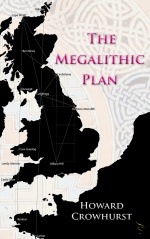

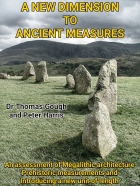

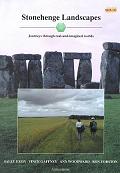
 We would like to know more about this location. Please feel free to add a brief description and any relevant information in your own language.
We would like to know more about this location. Please feel free to add a brief description and any relevant information in your own language. Wir möchten mehr über diese Stätte erfahren. Bitte zögern Sie nicht, eine kurze Beschreibung und relevante Informationen in Deutsch hinzuzufügen.
Wir möchten mehr über diese Stätte erfahren. Bitte zögern Sie nicht, eine kurze Beschreibung und relevante Informationen in Deutsch hinzuzufügen. Nous aimerions en savoir encore un peu sur les lieux. S'il vous plaît n'hesitez pas à ajouter une courte description et tous les renseignements pertinents dans votre propre langue.
Nous aimerions en savoir encore un peu sur les lieux. S'il vous plaît n'hesitez pas à ajouter une courte description et tous les renseignements pertinents dans votre propre langue. Quisieramos informarnos un poco más de las lugares. No dude en añadir una breve descripción y otros datos relevantes en su propio idioma.
Quisieramos informarnos un poco más de las lugares. No dude en añadir una breve descripción y otros datos relevantes en su propio idioma.